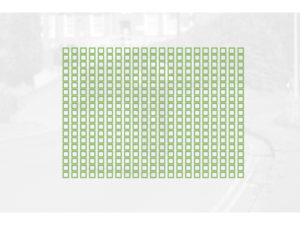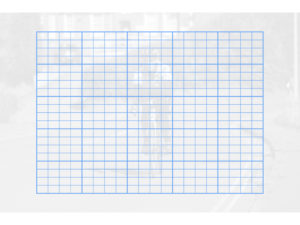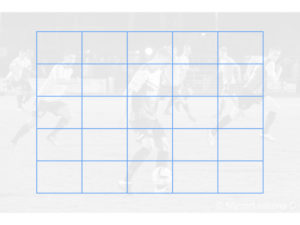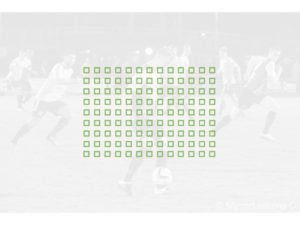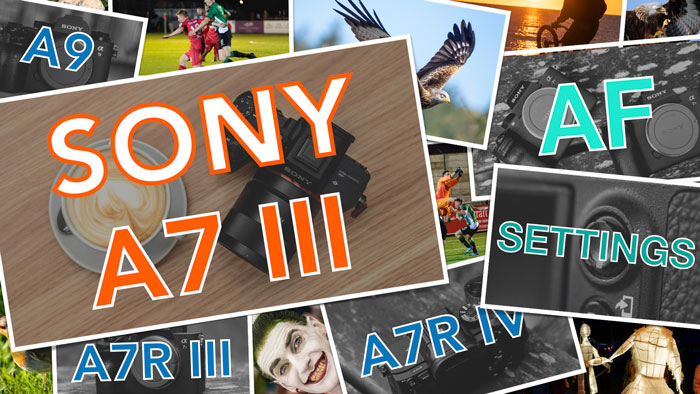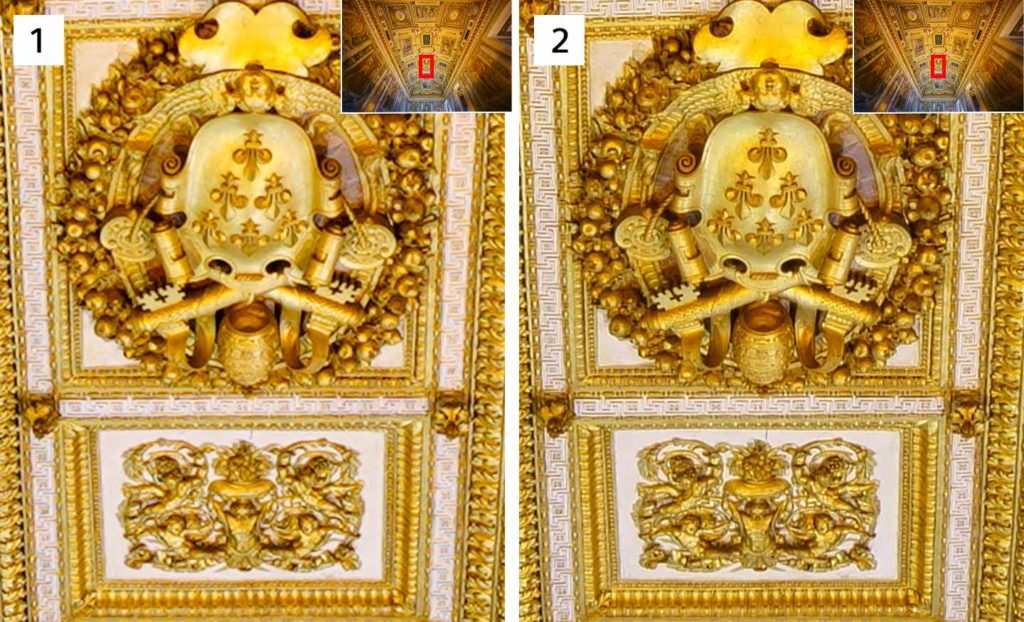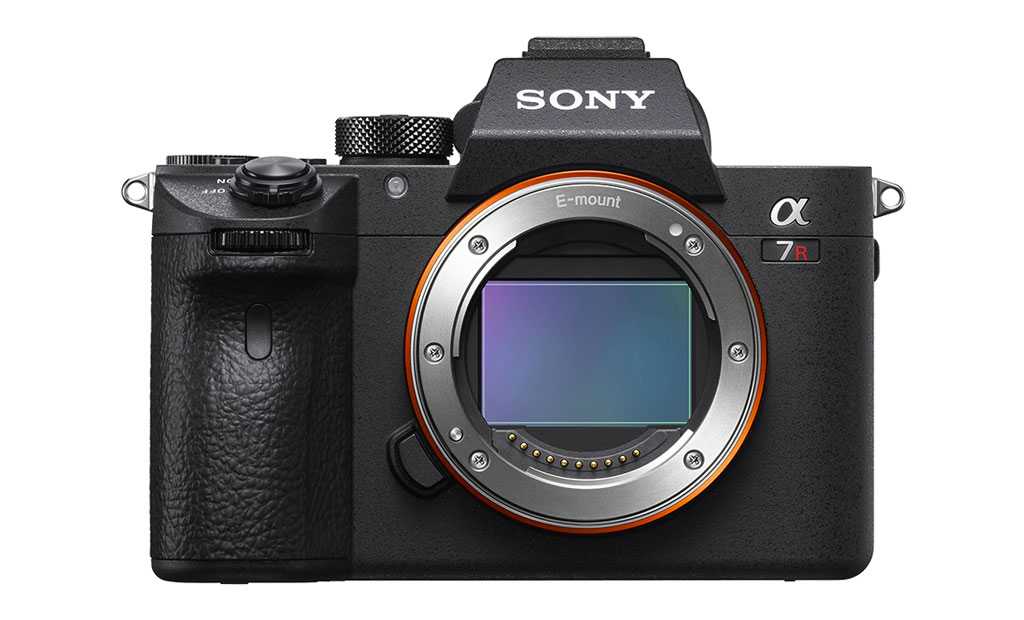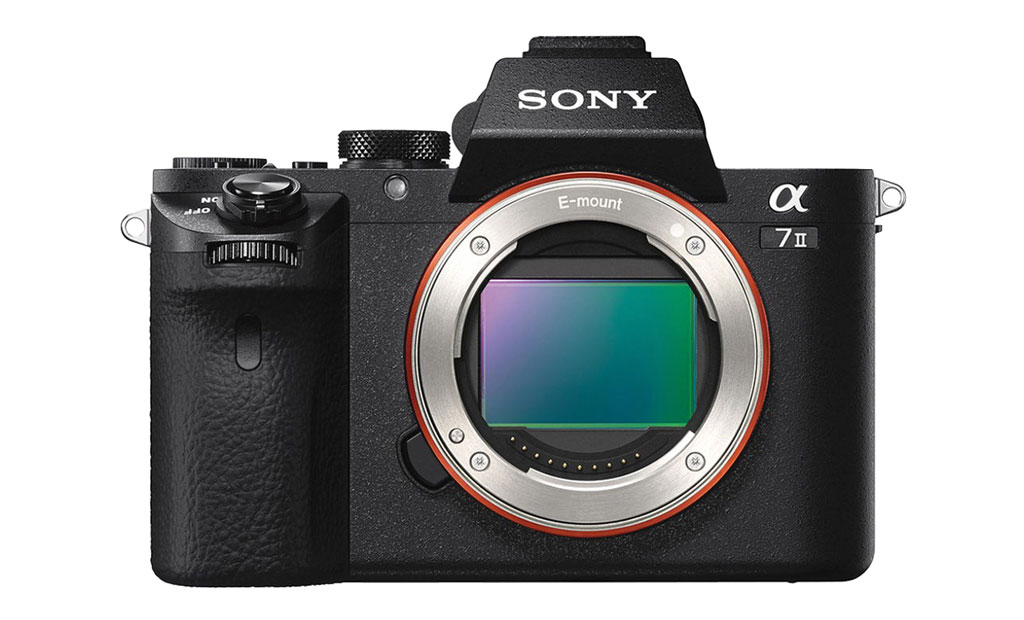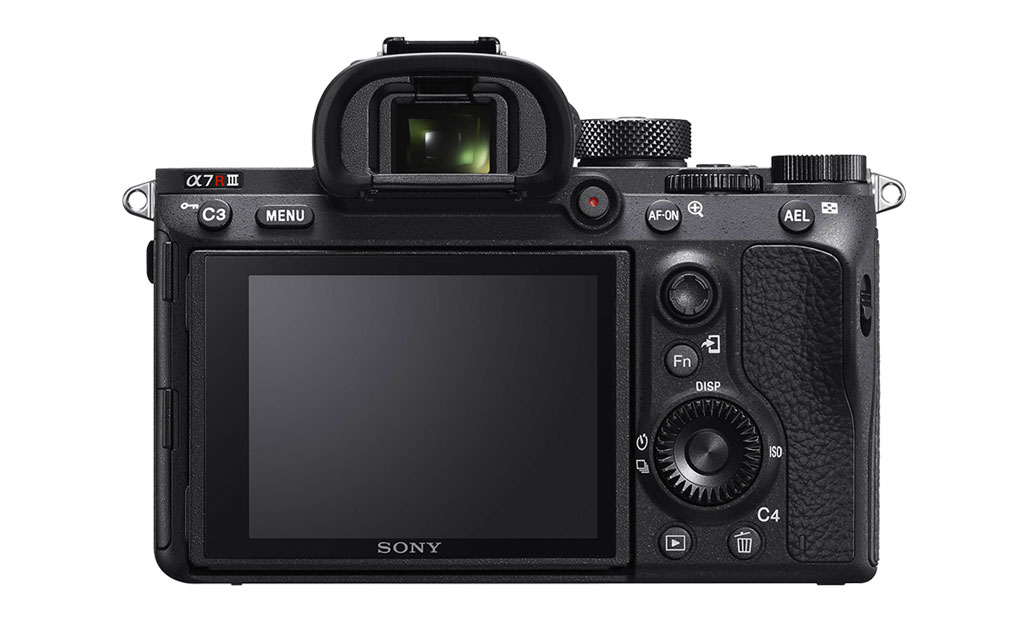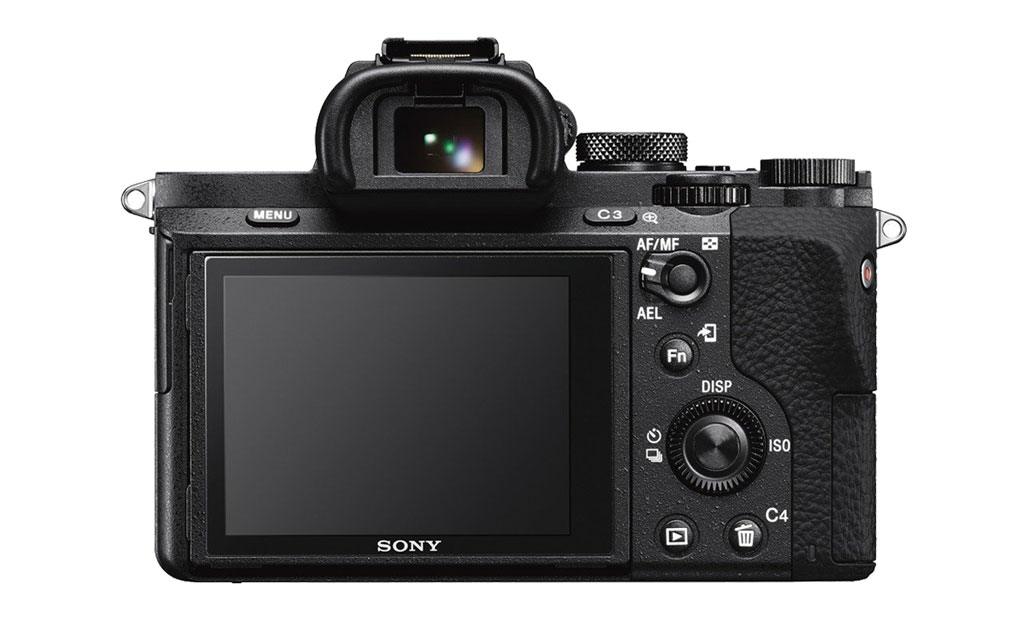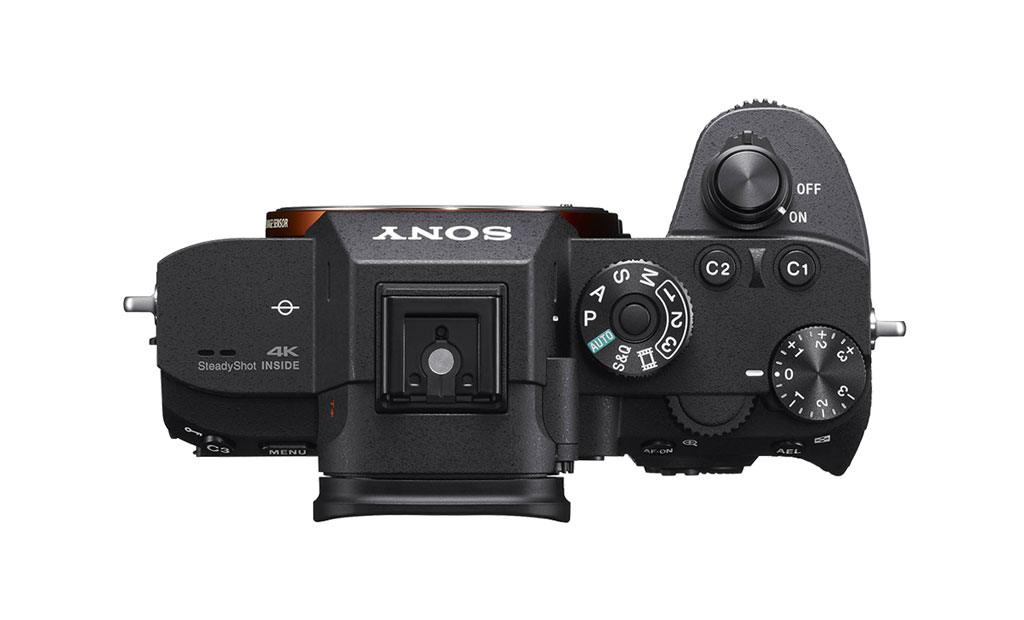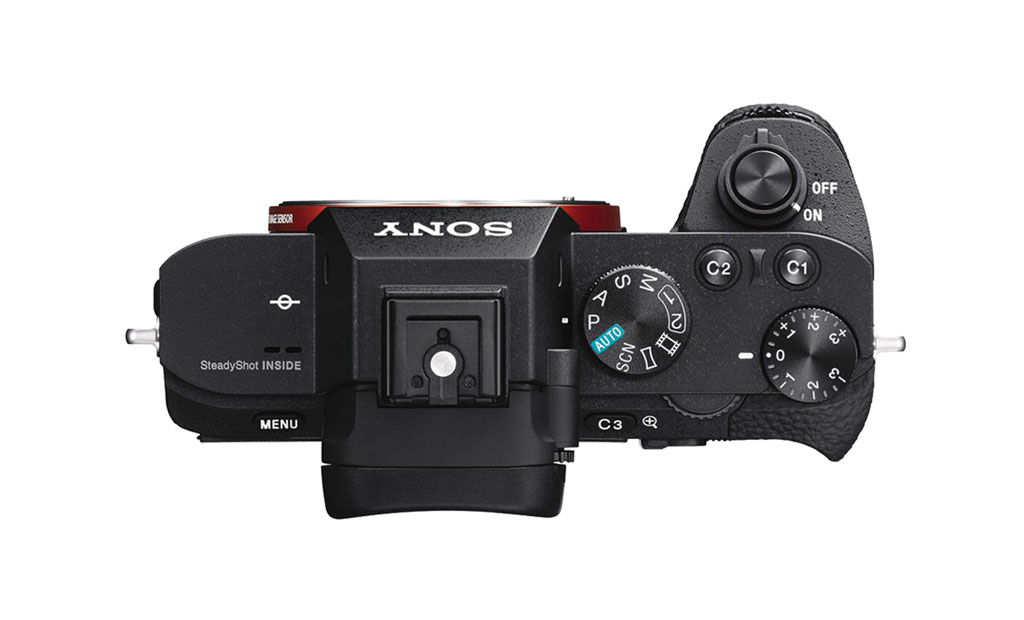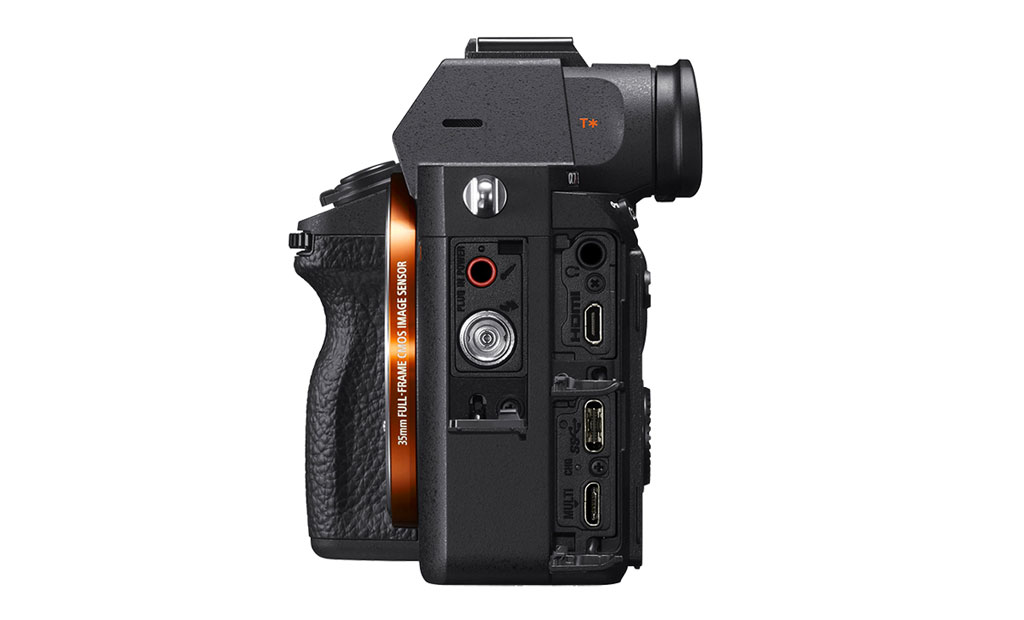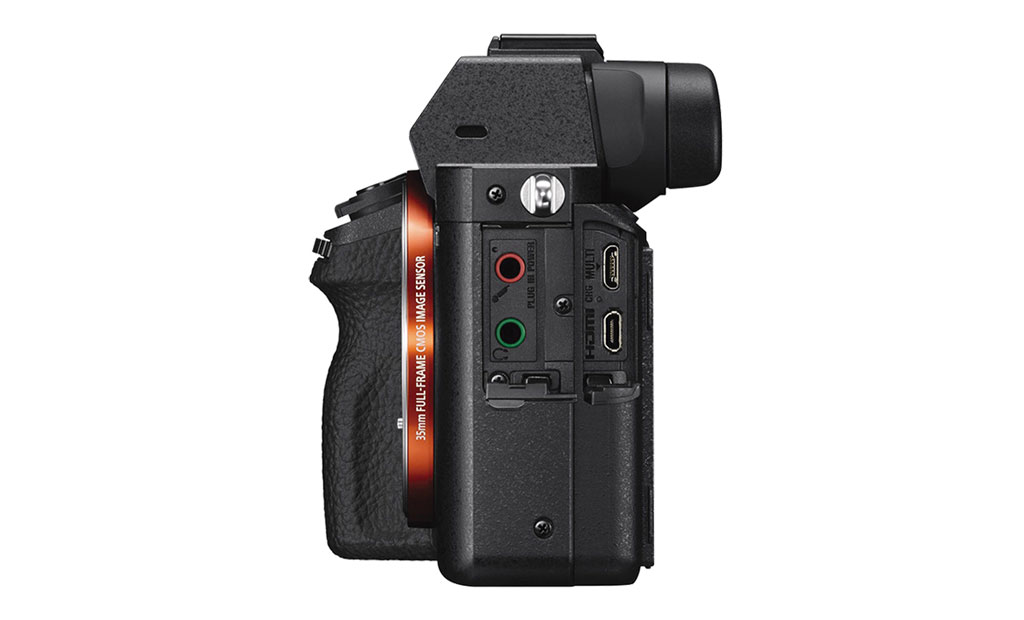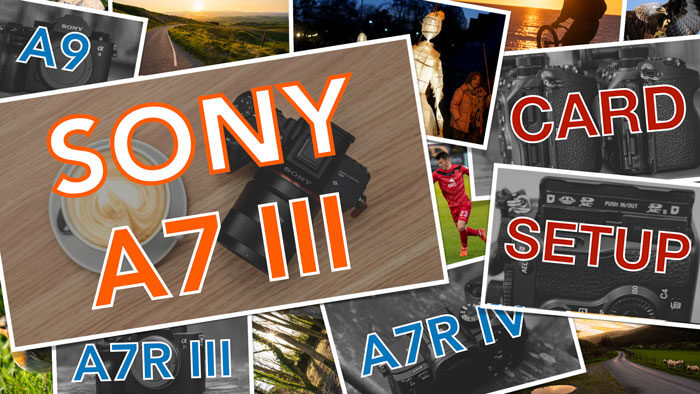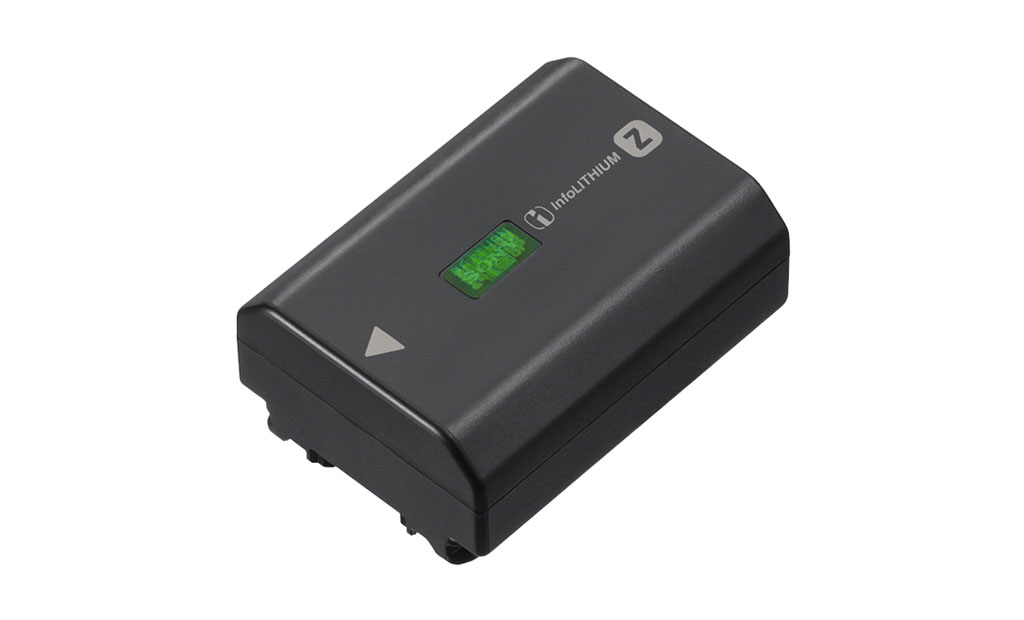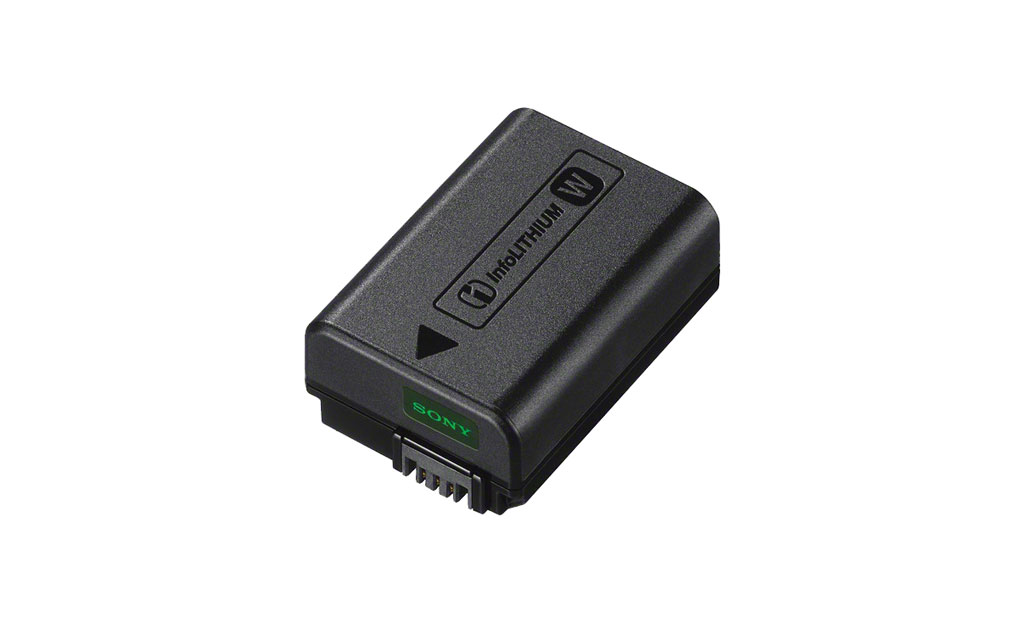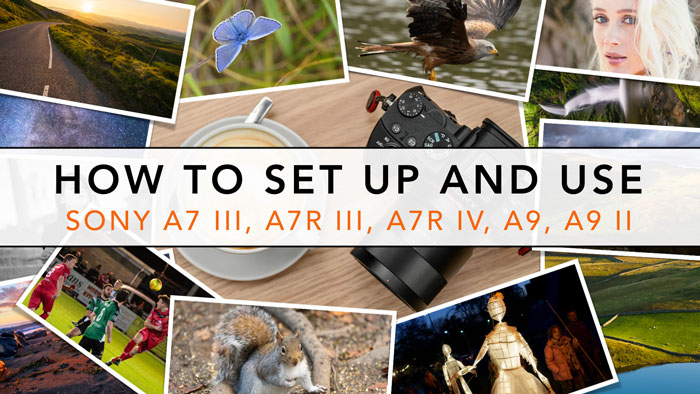Since the release of the original A7 and A7r in late 2013, Sony has been actively releasing new models at a quick and steady pace. However, its most affordable full frame E-mount camera, the A7 mark II, hasn’t received a physical upgrade for nearly three years. Still, it remains a popular choice for those wanting to dive into the world of 35mm format without spending a fortune.
If you want to experience the best Sony has to offer in terms of image quality and specifications, it is hard to go wrong with the latest model, the A7r mark III. Based on its popular predecessor, the A7r II, it features one of the best full frame sensors on the market and has improved autofocus and burst speeds to attract a wide range of users, from landscape photographers who love high dynamic range and a high megapixel count to sports and wildlife photographers who can enjoy a high resolution without sacrificing speed. And let’s not forget video makers since the camera has 4K capabilities and lots of professionally oriented video settings.
Do the extra features of the A7r II make it worth the higher price? Here is a quick preview to give you an idea of how these two cameras compare!
Ethics statement: The information supplied in this article is based on official specifications and our experience with A7 cameras. We were not asked to write anything about these cameras, nor were we provided with any sort of compensation. Within the article, there are affiliate links. If you decided to buy something after clicking the link, we will receive a small commission. To know more about our ethics, you can visit our full disclosure page. Thank you!
1. Sensor
The two Sony cameras feature a 35mm format sensor but the specifications are quite different.
The A7r mark III has a higher resolution of 42.4MP and uses a BSI sensor that collects light more efficiently. It lacks an anti-aliasing filter in order to capture the best sharpness possible but includes a front end LSI chip to process more data simultaneously, a feature that allows the camera to shoot at 10fps for example.

The A7 mark II on the other hand uses an older 24MP chip that gives you excellent image quality but is inferior to the A7r III. It already had less dynamic range than the A7r II’s sensor, so we can expect an even bigger gap between it and the A7r III whose updated sensor gives the camera a 15 stop range according to Sony.
Of course we have yet to see how big an improvement there is but because the A7r mk2 sensor has been labeled one of the best full frame chips on the market, there’s no reason the A7r mk3’s shouldn’t deliver similar, if not even better, results.
Concerning the high ISO sensitivities, the A7r III has a native range of 100 to 32000 with extended values of 50 and up to 102400 ISO. The A7 II has a slightly smaller native range (100 to 25600 ISO) and the only extended value available is ISO 50.
Other interesting specifications include the possibility of 14-bit output with compressed and uncompressed RAW files. With electronic shutter, only the A7r mk3 keeps the 14-bit depth except when shooting at 10fps.
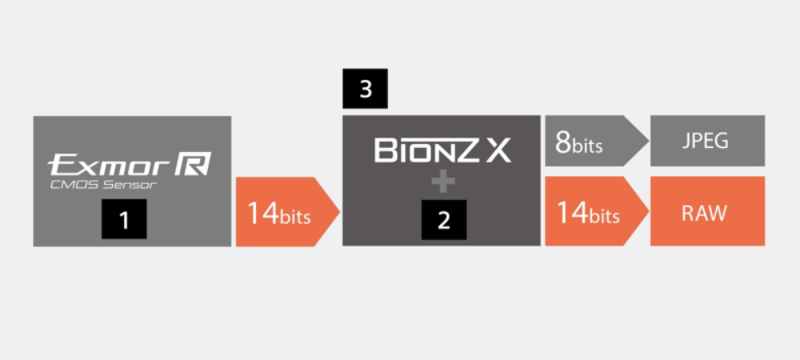
2. Autofocus system and continuous shooting
Both cameras use a hybrid autofocus system with contrast detection and on-sensor phase detection. The A7r III has more autofocus points – 399 phase and 425 contrast – while the A7 mk2 uses fewer points (117 phase and 25 contrast).
The A7r III has received some algorithm updates that make the camera twice as fast in comparison to its predecessor. Eye AF and Face detection have been enhanced and AF in low light is two stops more sensitive than the 24MP camera (-3Ev vs -1Ev). So overall the mark III should be more effective for sports and wildlife compared to the good (but not exceptional) performance of the A7 II.
Both cameras can take advantage of the on-chip phase detection points that work in automation with DSLR lenses and compatible adapters, although here as well the A7r III should prove faster and more accurate. The new camera has a few extra options too like AF with magnification.
As for the burst capabilities, the A7 II isn’t particularly impressive. It can shoot at 5fps with AE and AF Tracking and a maximum buffer of 52 JPGs / 28 RAW files (compressed).
The A7r III gives you double the speed with 10fps and C-AF and larger buffer despite the higher megapixel count (76 JPGs and 28 Uncompressed RAW files). Another advantage is the live view with short blackouts up to 8fps.
3. 5-axis stabilisation
The A7 mark II was the first Sony camera to introduce in-body stabilisation and the first 35mm camera to exhibit such technology. Since then Sony has made some progress and the A7r III has an updated mechanism that gives it 1 extra stop of compensation (5.5Ev vs 4.5Ev on the A7 II). This improved performance should be effective for stills and video.
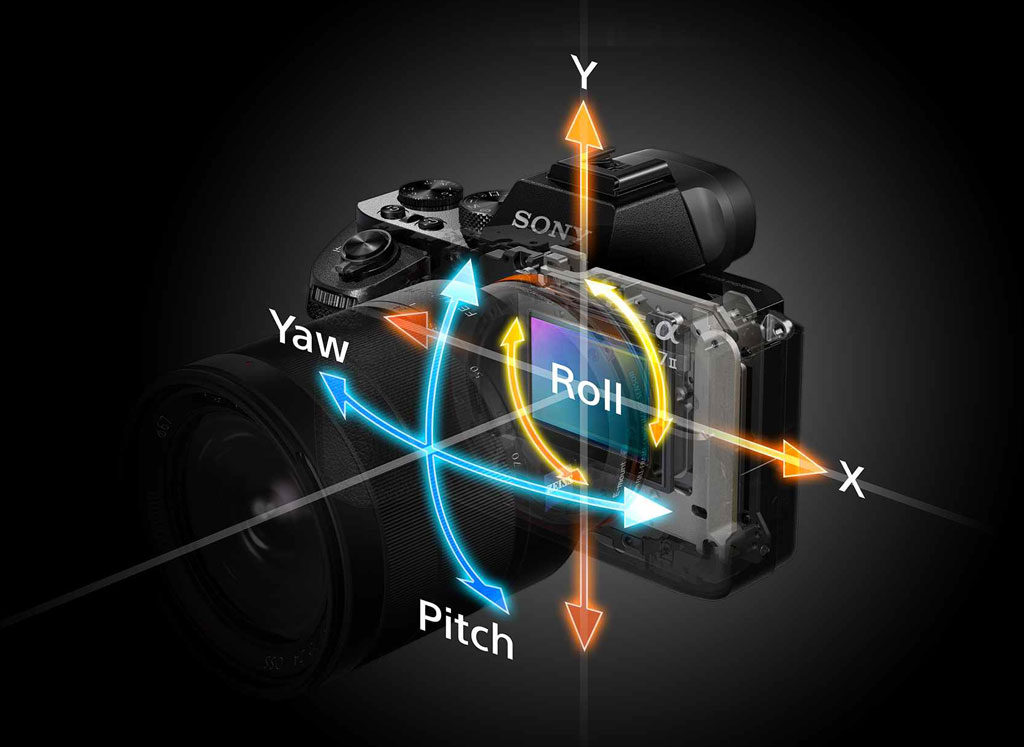
The sensor stabilisation systems of both cameras work in conjunction with OSS lenses (native or adapted). 3 axes are used on the camera in addition to the two axes of the lens. If a lens or adapter with no electronic contacts is used, 3 axes are still available on the sensor (you need to input the focal length manually in the menu).
The A7r III uses its sensor shift technology for an extra feature called Pixel Shift Multi Shooting. It takes four photographs in a row, each separated by one pixel. Once you merge these four images together via a dedicated software (Sony imaging software suite), you get a 42MP file with better colour accuracy than the single shot, as every point in your image is captured by one red, one blue and two green pixels.
4. Video capabilities
The A7 mark II came out before the big video update from Sony that brought 4K capabilities to every full frame, APS-C and 1-inch sensor camera. The A7 II can record in 1080p up to 60fps and 50Mbps. The video quality is good but because the camera performs line skipping, sharpness isn’t perfect and aliasing can be visible. You can find useful settings such as timecode, and customisable Picture Profiles that include the S-log2 curve.
The A7r III on the other hand is much more complete when it comes to the movie making. It can record in 4K up to 30fps and 100Mbps. You can choose to record in full frame format or in Super35/APS-C crop mode. The latter gives you full pixel readout without pixel binning, meaning that the camera uses all the pixels (roughly 18MP in APS-C mode, which corresponds to 5K of resolution) and downscales to 4K to increase sharpness.
In 1080p, the A7r mk3 can record up to 120fps and has a S&Q (Slow and Quick) motion feature that allows you to save the already conformed file to 30p or 25p. You will find picture profiles, more Log gamma curves (S-Log2 and S-Log3), the new HLG (Hybrid Log-Gamma) profile and a XAVC-S Proxy recording mode.
5. Viewfinder and rear LCD
The A7r III features an electronic viewfinder with more resolution (3.69 million dots) in comparison to the one found on the A7 II (2.36M dots). The magnification is superior (0.78x versus 0.71x), as is the fastest refresh rate (120fps vs 60fps).
The rear LCD screen is touch sensitive on the A7r mark III, although the options are limited compared to other mirrorless cameras: you can only use it to move focus point in still mode or when recording a movie and when composing with the EVF. There is no touch screen on the A7 II and it has slightly less resolution too (1440k vs 1228k dots).
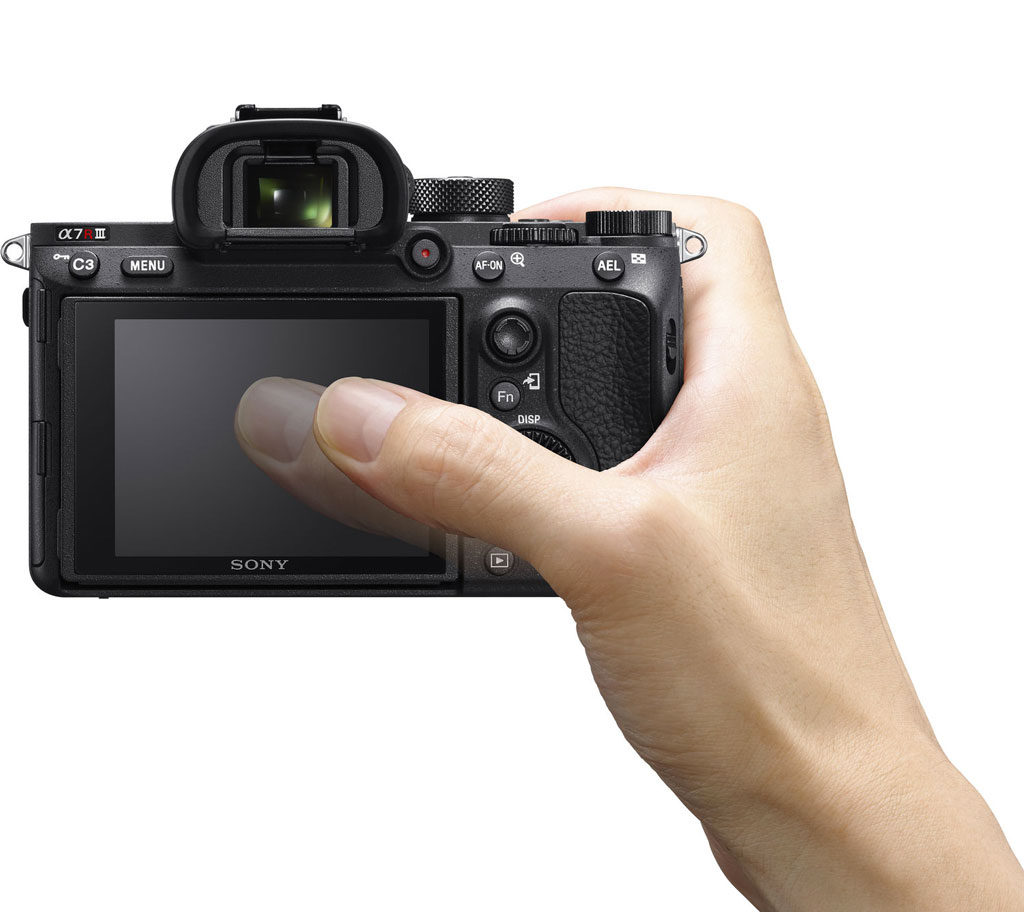
6. AF Joystick
When it comes to the body design, the two cameras look very much alike. The size is also similar, although the A7r III is heavier (657g vs 599g). Both are dust and moisture resistant.
There are of course a few things that have been improved on the new camera, many of which have been inherited from the flagship A9. In addition to more customisation options, an updated menu system and a relocated movie recording button, perhaps the best addition is the AF Joystick to move the focus point which should prove easier than using the rear control wheel.

7. Dual SD card slot and interface
The A7r III becomes the second Sony E-mount camera to feature two slots for the memory cards. Happily the first is UHS-II compliant. As you can guess, the A7 II only has one slot.
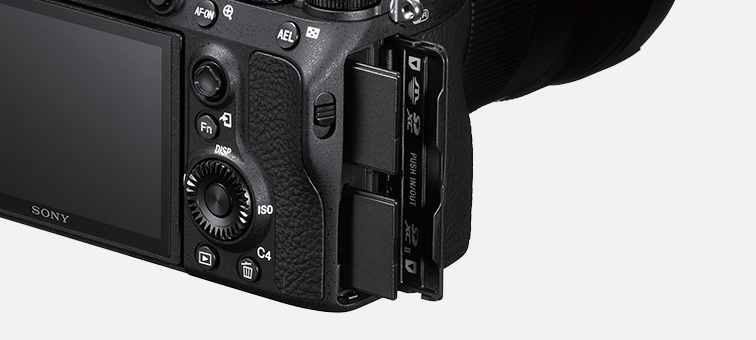
Both cameras feature a microphone input and headphone output. The A7r III has an additional USB 3 Type C connection to allow for faster PC tethering and a flash sync port.
8. PlayMemories Apps
In the case of the A7 II, and the vast majority of other E-mount cameras, you can download apps such as time-lapse, interval recording, star trails or multiple exposures to the camera from the PlayMemories store. Some of the apps are free, whereas others are available for a small fee. The process isn’t particularly straightforward but it is better than having no extra features whatsoever.
The A7r III is the second camera after the flagship A9 that doesn’t support downloadable PlayMemories apps. Although you can still remotely control the camera via the app, you can no longer download apps to expand its range of features and improve its functionality. This is a shame as all mirrorless cameras from other brands already incorporate numerous extra features by default. By eliminating the extra step of downloading PlayMemories apps, Sony had the opportunity to do the same with the A7r III but instead chose not to. That said, we mustn’t exclude the possibility of a future firmware update that could bring some of these useful functions to the latest cameras. Let’s keep our fingers crossed!
9. Larger battery
Another big advantage of the A7r mark III is the battery: it uses the new NP-FZ100 which is larger and has more capacity than the NP-FW50 that Sony has been using since the first NEX cameras released in 2011.
The A7 II has an official life span of 350 shots / 65 minutes of Full HD video recording (CIPA standards). The A7r III, despite being the more power-hungry camera, can manage 650 shots and 115 minutes thanks to the new battery. Both cameras have an optional battery grip to further improve the battery life.
10. Price
Finally we have the difference in price which is quite significant due to both the age gap between the two cameras as well as the different target audiences.
The A7r III can be found for $3200, £3,200 or €3,500 while the A7 II is more or less half the price at $1600, £1200 or €1350.
Conclusion
It is obvious from the specifications that the A7r mark III offers a more complete package: there’s more resolution, a faster autofocus, better burst speeds, 4K and new video profiles, as well as small yet welcome additions such as the dual SD card slot and AF joystick. The fact that Sony managed to make more space for the larger battery without increasing the size of the body is particularly impressive too.
The A7 II may start to look a little outdated by today’s standards but nonetheless it remains an interesting choice if what you’re after is the 35mm format look. After all, if you invest in quality fast prime lenses, there is no reason you cannot achieve excellent results and if I look back at some of the shots I took with the A7 II and even the original A7, I still find the quality more than sufficient.
Check the price of the Sony A7R III on:
Amazon | Amazon UK | B&H Photo | eBay
Check price of the Sony A7 II on
Amazon | Amazon UK | B&H Photo | eBay
You might also enjoy reading:
- The 10 Main Differences Between the Sony A7r III vs A7r II
- The 10 Main Differences Between the Sony A7r III vs A9
- The 10 Main Differences Between the Sony A7r III vs A7s II

